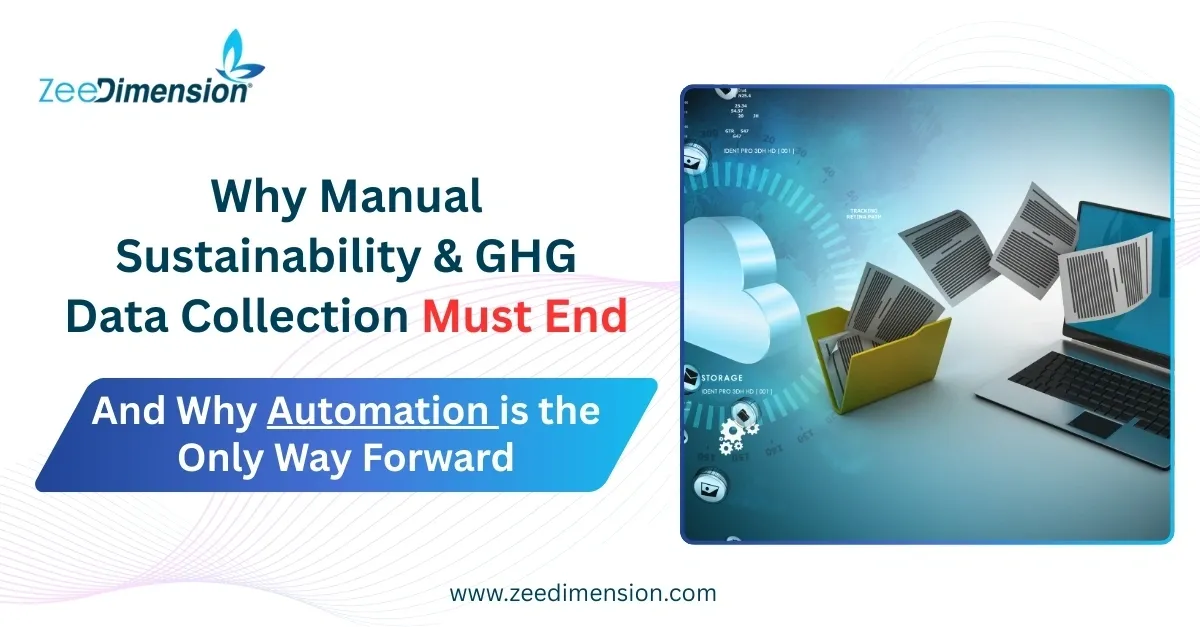
The Status Quo
Many organizations still rely on spreadsheets, emails, and fragmented reports to manage sustainability and greenhouse gas (GHG) data. While familiar, these methods are outdated and unfit for today’s demands.
The Problem with Manual Processes
Collecting data manually is slow, error-prone, and often outdated by the time it is reported. More importantly, manual systems cannot scale to meet the complexity of modern sustainability requirements.
The Risks of Staying Manual
Relying on outdated tools exposes companies to significant risks:
-
Compliance failures
-
Reputational damage
-
Weak decision-making due to poor data quality
Why Manual Methods No Longer Work
Sustainability reporting now demands large volumes of accurate data across global supply chains. Regulators, investors, and stakeholders expect traceable audit trails and real-time insights—needs that manual methods simply cannot meet.
Automation as the Solution
Automation transforms sustainability reporting by:
-
Streamlining data gathering
-
Delivering real-time dashboards
-
Ensuring accurate, validated inputs
-
Providing transparent audit trails
The Payoff
With automation, sustainability teams can shift focus from chasing spreadsheets to driving strategy. This improves compliance, builds trust with stakeholders, and accelerates the low-carbon transition.
The Bottom Line
Manual reporting is obsolete. Automation is no longer optional—it is the only way to achieve credible, scalable, and future-ready sustainability reporting.







